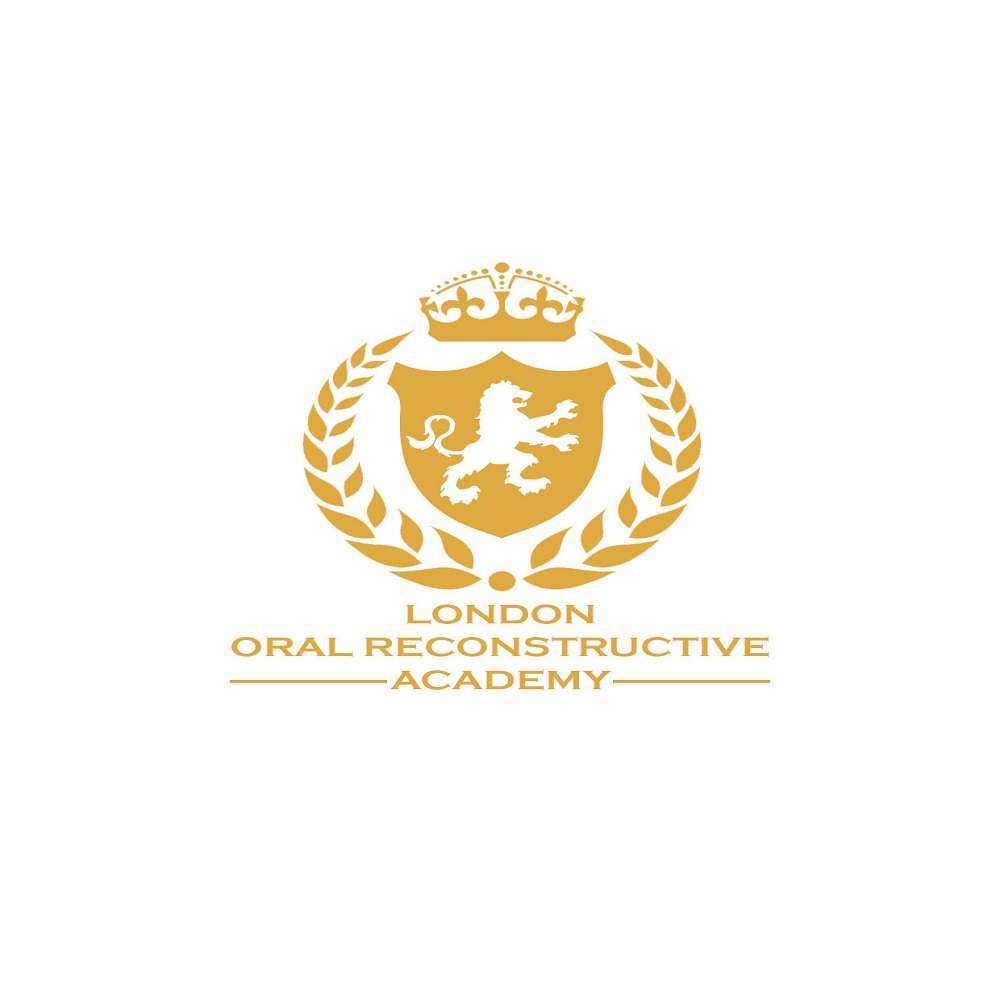Day 2 :
- Oral And Dental Health, Orthodontics & Craniofacial Research, Oral And Maxillofacial Surgery
Location: Orlando, USA
Session Introduction
Damien Offner
Faculté de Chirurgie Dentaire-Université de Strasbourg, France
Title: Elaboration and evaluation of an ethical method aimed at improving hygiene rules compliance in dental practice

Biography:
Damien Offner has completed his PhD in 2009 from Strasbourg University, France. He became University Hospital Assistant in 2013 and achieved a University Diploma in Hygiene and Sterilization in the same year. He has published several papers in this field.
Abstract:
Marcos Marques Rodrigues
Araraquara University, Brazil
Title: Correlation between the Friedman staging system and the upper airway volume in patients with obstructive sleep apnea

Biography:
Abstract:
Amid I Ismail
Maurice H Kornberg School of Dentistry, USA
Title: Outcome-focused and value-driven oral care
Biography:
Amid I Ismail, BDS, MPH, DrPH, MBA, is the Laura H Carnell Professor and Dean at the Kornberg School of Dentistry, Temple University. He has been an actively funded Researcher for over 30 years with expertise in population-based studies, caries research and interventions to reduce health disparities. He has received over $20 Million in funding throughout his research career. His expertise is in the field of measurement, outcomes assessment, design and planning for complex statistical analyses, survey methods and organizational management. He is ranked in the top 95th percentile by ResearchGate in the impact of his research. He has received awards from the International Association for Dental Research (H Trendley Dean Award), the Regents’ of the University of Michigan (Community Service), Leadership citations from the American Dental Association and the Shils-Meskin Leadership Award in Dental Education. He co-founded and co-chairs the International Caries Detection and Assessment System Coordinating Committee. He also founded and chairs the Alliance for Oral Health Across Borders. He has received his Dental Training at the College of Dentistry, Baghdad University, where he had the highest grade point average for 5 years. He completed a Master’s and Doctorate of Public Health studies at the University of Michigan. He also graduated with distinction from the Ross School of Business at the University of Michigan where he received his MBA. He is a Diplomate of the American Board of Dental Public Health.
Abstract:
Dental practice has exclusively focused on providing procedures and the process of dental care. The only measure of outcomes that we have traditionally considered is the quality of the care or procedures provided to patients. Medicine, insurance companies and the federal government, are increasingly focusing on value of health care to patients. It is not how many tests for A1c are conducted but whether diabetes is being controlled. This is a new area for dentistry and requires that we start to reframe dental care and consider the consequences. A pivotal change required to implement this new model of care is to move away from developing traditional treatment plans to a new focus on “Comprehensive Patient Care Plan” when outlining the series of therapies deployed to manage dental and oral conditions in patients or populations. Traditional treatment plans list therapies for dental and oral health problems that should be provided, in an appropriate sequence, and in order of urgency. While this approach has been used successfully in dental practices all over the world, outcomes of oral healthcare have not been the target of care. Often outcomes of dental care are confused with quality of care. In order to achieve health outcomes, it is imperative that a new model for total disease management be adopted, with a focus on overall management of risk factors, risk-adjusted prevention and education, staging of disease severity to control early stages and treat extensive stages. The plan must start by defining the outcomes that patients’ value. For caries management, for example, the preferred outcomes may be to keep sound teeth from developing caries, medically manage early lesions so they do not progress to cavitation and restoring or treating all cavitated lesions. If these are the outcomes that dentists and patients want to achieve, then the process of care should include different staging of the caries process, risk management, detailed preventive plans and conservative restorative care. Compensation for dental care must also consider whether outcomes are achieved. This change will radically refocus dental care.
- Oral Implantology, Current Concepts in Oral Health, Probiotics
Location: Orlando, USA
Session Introduction
Trina Uwiera
University of Alberta, Canada
Title: Probiotics in the Upper Alimentary Tract – The Evidence to Date
Biography:
Associate Professor Trina Uwiera MD, FRCSC, MEd grew up in Saskatoon, studied at the University of Saskatchewan and graduated Medicine with Great Distinction. She subsequently trained in Otolaryngology – Head and Neck Surgery in Alberta. Trina completed a Fellowship in Pediatric Otolaryngology with Professor Robin Cotton at Cincinnati Children's Hospital, University of Cincinnati, USA. She is one of the few international graduates of this prestigious program. Trina was awarded the Charles Ferguson Clinical Research Award by the American Society of Pediatric Otolaryngology in 2007. She completed her Masters of Education in 2009. Trina works at the Stollery Children’s Hospital and several other institutions in Edmonton. She is an Associate Professor of Surgery in the Divisions of Pediatric Surgery and Otolaryngology – Head and Neck Surgery, University of Alberta. Her clinical and research interests included disorders of airway, voice, swallowing, management of hearing loss and medical education.
Abstract:
Probiotics are increasingly being used in clinical medicine to treat or prevent illness. This is also true in pediatric health as parents introduce probiotics in an effort to enhance their child’s health and wellbeing. At this time, in this burgeoning field, the effects of probiotics is largely self-reported, with few clinical studies specifically investigating the effect of probiotics in human disease in the upper alimentary tract. This oral presentation provides a comprehensive review of clinical trials and investigations to date in an effort to better delineate probiotic use in clinical medicine and the effects on human health.
Danielle N Kling
University of Florida Department of Microbiology & Cell Science, USA
Title: Effects of probiotic lactobacillus johnsonii N6.2 on the progression of host gastrointestinal inflammation

Biography:
Danielle has completed her B.Sc. in Microbiology & Cell Science in 2014 from the University of Florida. She is currently working on her Ph.D. focusing on the synergistic effects of a diet supplemented with natural phytophenols and probiotic L. johnsonii N6.2 under the supervision of Claudio Gonzalez.
Abstract:
Our lab has begun studying the interaction of Lactobacillus johnsonii N6.2 with the host since it was found to be negatively correlated with type 1 diabetes (T1D). This lactic acid bacteria was more abundant in the gastrointestinal microbiota of the Bio- Breeding diabetes resistant rats when it was compared to the diabetes prone animals. A subsequent cross feeding assay demonstrated that diabetes prone animals orally inoculated with L. johnsonii N6.2 showed significantly lower T1D onset. Analyses of this strain has revealed two important characteristics: 1) its ability to release phytophenols from dietary fiber through the secretion of two strong cinnamoyl esterases. Phytophenols are natural antioxidants and can minimize the damage of reactive oxygen species (ROS) and decrease GI inflammation. Gut inflammation is often a preceding step in the onset of chronic diseases. 2) L. johnsonii also has the ability to generate significant amounts of H2O2, controlling the activity of indolamine 2,3-dioxygenase (IDO). IDO is an immunoregulatory enzyme that oversees the breakdown of tryptophan in the kynurenine pathway. IDO contains redox-sensitive heme centers that are oxidized in the presence of H2O2. Lowering IDO, the rate controlling step of the pathway, prevents the breakdown of tryptophan into L-kynurenine, favoring the biosynthesis of 5-hydroxytryptamine. Our current efforts are directed to understanding the gastrointestinal redox balance generated in the gastrointestinal system (H2O2 vs phytophenols) and the impact on modulatory host pathways.
Moustafa Abdel Wahab
Moustafa Abdel Wahab, Taif University, Saudi Arabia
Title: The association between body mass index and dental caries: Cross-sectional study
Biography:
Abstract:

Biography:
Cerveira (João Carlos Cerveira Paixão) currently lives in Princeton, NJ, United States. He lectures Botox and Fillers worldwide in 4 different languages. Possesses dual citizenship (Brazilian and EU), In São Paulo Brazil, graduated in dentistry in 1997. Became Specialist in Oral Rehabilitation in 2000. In 2005 initiated an Start Up for an Italian company in Brazil, which subsequently received the invitation to move to Italy to direct and to coordinate Italian branches in 27 countries. This task entailed working with Regulatory Affairs aspects to the development of new products. In addition, responsibilities also involved the training of human resources, logistics, and sales management in many countries. After years exposed to this environment and the experiences accumulated DIFNE (Dental International Filler Neurotoxin Education), a nonprofit organization was created. The aim of DIFNE is to dissipate and train dentists world widely in the use of Botox and Filler.
Abstract:
Probiotics are defined as live microorganisms that are added to foodstuff in order to enhance the health of their host. Traditionally they have been used in dairy products such as milk, cheese, and yogurt. The improvement of technology has allowed advanced exploration of their use. One commonly reported feature is the antibacterial activity which consists of the inhibition of pathogens due to the secretion of bacteriocins. For this reason, some studies have suggested the use of probiotics as a potential alternative to the usual antibiotics which have been linked with the advent of resistant genes. Further studies have reported probiotics to have the ability to reduce lactose in dairy products, improve digestion as well serving as growth promoters in animals. Other reported beneficial aspects of probiotics include lowering cholesterol and the stimulation of the immune system by boosting the production of cytokine and increasing the IgA concentrations. In this paper we evaluate the relationship between the findings of different in vitro and in vivo research studies on probiotics, the current technological applications as well as prospective development on the use of probiotics.
Suman Singh
Kurukshetra University, Kurukshetra, India
Title: Study of extracellular enzymes of Pediococcus acidilactici: An approach towards understanding of action molecules of Probiotics

Biography:
Suman Singh is presently working as an Associate Professor, Dept of Biochemistry Kurukshetra University, Kurukshetra. She did her master’s from National Dairy Research Institute, Karnal (India) and subsequently did Ph.D. in Biochemistry from Kurukshetra University, Kurukshetra. For the last 13 years, she is teaching at post graduate level and guiding research. She has also worked at the German Institute of Human Nutrition, Potsdam-Rehbrucke, Germany. She has completed two research projects and currently running a Young Scientist Award cum research project funded by Department of Science and Technology, New Delhi India. She has published more than 30 research papers in accredited scientific Journals. She is working on Pediococcus species for exploring its probiotic potential and probioceuticals which can also be used in dairy, food and meat industries. Her focus is to find out action molecules and biomarkers of probiotics.
Abstract:

